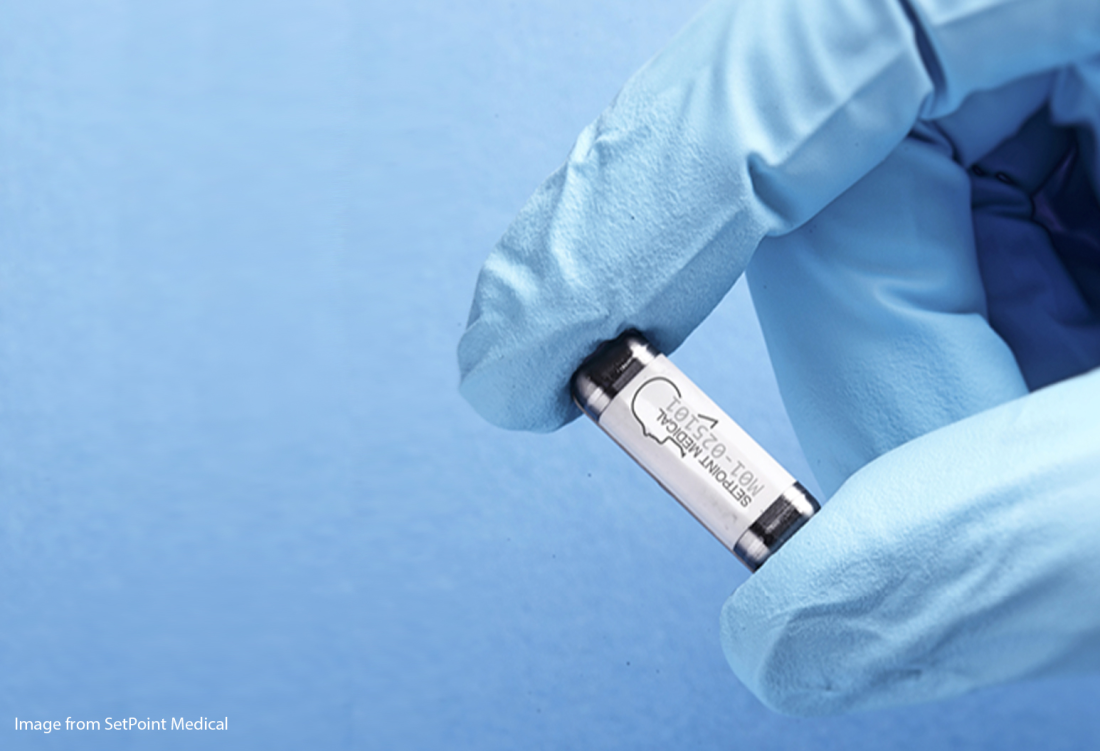Lynn Milam (right) shares how a nerve-stimulating implant transformed her rheumatoid arthritis, enabling her and her husband, Donald, to reclaim their former lifestyle.
Lynn Milam
hide caption
toggle caption
Lynn Milam
For over four years, Lynn Milam endured relentless pain stemming from inflamed joints that severely limited her daily activities.
“My children couldn’t embrace me,” she recalls. “I was unable to hold my husband’s hand.”
Simple tasks like climbing stairs or assisting with her teenage son’s care became impossible, confining her mostly to the couch.
The culprit was rheumatoid arthritis, an autoimmune disorder where the body mistakenly attacks the joint linings.

Despite trying numerous treatments-ranging from physical therapy and acupuncture to steroids and cutting-edge immune-modulating medications-Milam found no relief.
Everything shifted in October 2023 when a surgeon implanted an innovative device near her neck. This device sends brief electrical pulses to her vagus nerve each morning, a critical nerve linking the brain to various internal organs.

A small device implanted near the vagus nerve significantly alleviates symptoms in severe rheumatoid arthritis cases.
SetPoint Medical
hide caption
toggle caption
SetPoint Medical
“Within three weeks, the pain in my elbow vanished,” Milam shares. “Soon after, my hands stopped hurting and the swelling diminished.”
Ultimately, all signs of rheumatoid arthritis disappeared. Now 60, Milam says she and her husband have reclaimed the vibrant life they once shared.
“It feels like a new beginning,” she reflects.
Excitingly, this breakthrough device is now accessible to many others facing similar struggles.
In July, the Food and Drug Administration officially approved the implant, developed by SetPoint Medical, for patients whose rheumatoid arthritis symptoms remain uncontrolled by medication.
On August 22, surgeons at Northwell Health in New York performed the first FDA-approved implantation.

Milam credits the stimulator with restoring her ability to climb stairs, cook, and travel.
Lynn Milam
hide caption
toggle caption
Lynn Milam
This FDA endorsement marks a significant advancement not only for rheumatoid arthritis treatment but also for other autoimmune conditions such as multiple sclerosis and inflammatory bowel disease.
“This approach harnesses the body’s natural inflammation control system,” explains Dr. John Tesser, a rheumatologist from Phoenix who led the pivotal study behind the device’s approval.
By activating the vagus nerve, the implant communicates with the hypothalamus-a brain region that governs bodily functions and interacts with the immune system. The hypothalamus then signals back through the vagus nerve to the spleen.
These signals prompt specific spleen cells to reduce production of cytokines, proteins that regulate inflammation, including joint inflammation. While cytokines are essential for fighting infections, their overproduction can damage healthy tissues like joint linings.

While Lynn Milam’s remarkable recovery is exceptional, the clinical trial demonstrated that many patients resistant to even the strongest medications experienced significant relief.
“About 35% of participants in this challenging-to-treat group showed meaningful improvement,” notes Tesser, “which was notably higher than the control group whose devices were inactive.”
The implant itself is compact-“roughly the size of a lima bean,” describes Dr. Peter Konrad, chair of neurosurgery at the Rockefeller Neuroscience Institute, West Virginia University. “It contains a tiny chip encased in a silicone shell.”
The outpatient procedure to place the device is relatively simple for surgeons familiar with vagus nerve stimulators, commonly used to manage epilepsy, Konrad adds.

“The surgery was less involved than some dental procedures I’ve had,” Milam remarks.
However, there was a temporary side effect: because the device sits near the vocal cords, her voice was initially reduced to a whisper. A follow-up surgery corrected this, though her voice remains slightly deeper than before.
Milam considers this a small price to pay for a treatment that succeeded where medications failed.
Thanks to the stimulator, she has regained the ability to climb stairs, prepare meals, and travel.
Her husband, Donald Milam, emphasizes how it has brought them closer again.
“We can walk the dogs, hold hands, and share hugs-the simple joys,” he says.
























